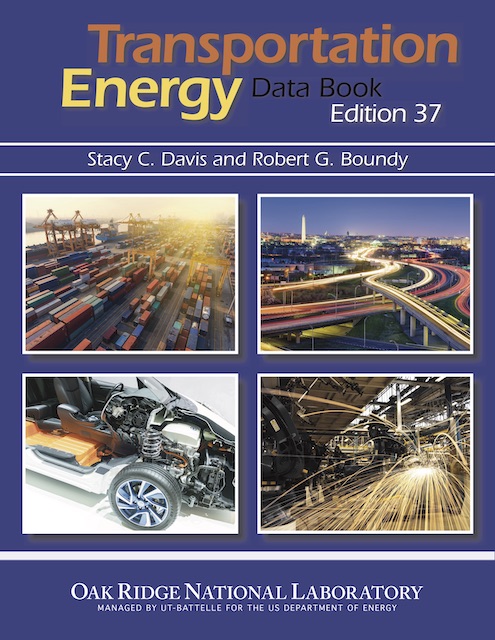Maricopa County (Phoenix) was the nation’s fastest-growing county in 2018, gaining more than 81,000 new residents from 2017, according to population estimates just released by the Census Bureau. A distant second was Clark County (Las Vegas), at 48,000 new residents; followed by Harris County (Houston), 34,000; Riverside County (California), 33,500; and King County (Seattle), 29,000. Since 2010, Maricopa gained 593,000 residents and was just edged for the number one spot by Harris County, which grew by 605,000.
Just as significant are the counties that lost population, led by Cook County (Chicago), which lost 24,000 people. Three New York City boroughs are in the bottom five: Queens (-18,000), Brooklyn (-13,500), and the Bronx (-7,500). Los Angeles County is also in the bottom five, having lost 13,000. Baltimore, Honolulu, St. Louis, Cuyahoga (Cleveland), and Sonoma Counties are also big losers, the latter due to wildfire issues.
As a result of these county changes, the nation’s three largest metropolitan areas all lost population: New York (-25,000), Chicago (-22,000), and Los Angeles (-7,000). The declines in the central counties of these regions were partly offset by gains in suburban counties. The metro areas with the biggest gains were Dallas-Ft. Worth (132,000), Phoenix (96,000), Houston (92,000), Atlanta (76,000), Orlando (60,000), and Seattle (55,000). Continue reading









